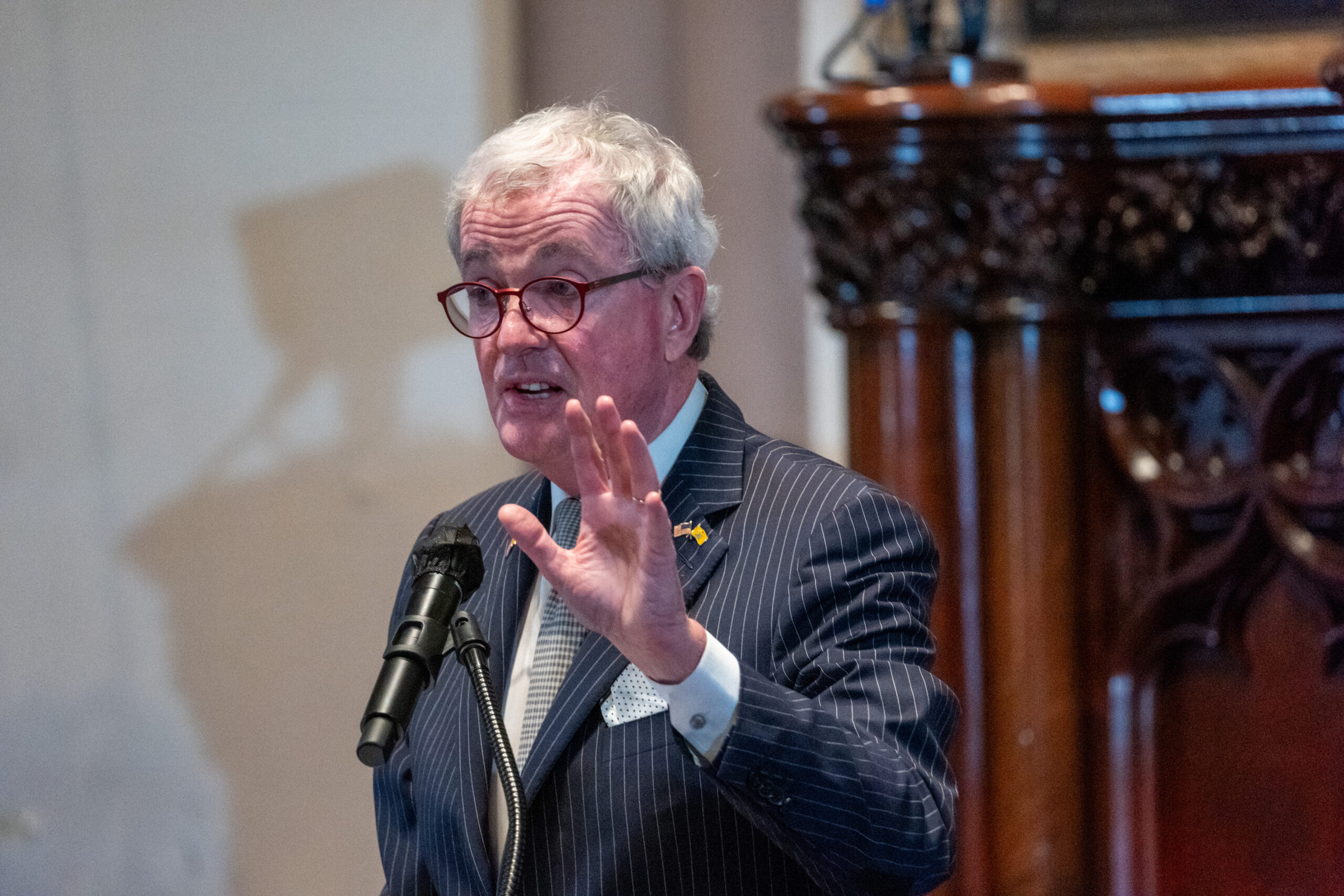The long-standing Japan-U.S. army Exercise Yama Sakura kicked off this past weekend. Now in its 87th edition, this year had an important twist, with approximately 300 Australian Defense Force personnel participating for the second year running. This repeat appearance suggests that Australian uniforms will become more regular fixtures in Japan-U.S. combined exercises going forward.
On one level, Yama Sakura 87 is just the latest example of a burgeoning trilateral defense cooperation agenda between Australia, Japan, and the United States. But as I argue in a new report for the Defense and Security Institute at the University of Western Australia, this would not be possible with the great strides in the Australia-Japan strategic partnership.
Since signing the updated Joint Declaration on Security Cooperation in 2022, Canberra and Tokyo have broken new ground on defense cooperation.
After a decade of negotiations, the 2022 Reciprocal Access Agreement has facilitated mutual visits by Australian and Japanese F-35 fighters to one another’s bases. Senior officials from the two countries more frequently share strategic assessments and are working to refine the scope, objectives, and forms of bilateral defense cooperation. Meanwhile, Japan’s Mitsubishi Heavy Industries is a finalist in the competition to build Australia’s next generation of navy frigates, a development that could drive closer cooperation on defense technology and supply chains.
These are significant developments for the bilateral relationship. But it’s also important to note that both countries have framed such collaboration as essential for enabling a broader trilateral defense agenda with the United States. It’s no coincidence that similar framing can be found in recent Japan-U.S. and Australia-U.S. joint statements, respectively, reflecting significant efforts to align these three partnerships behind a collective regional deterrence strategy.
In that respect, Yama Sakura fits into a broader pattern of bilateral engagements being “trilateralized.” Japan is now a regular participant in the biennial high-end Australia-U.S. Talisman Sabre exercises, for example, something that military leaders have framed as key to facilitating Australia’s reciprocal participation in Yama Sakura. That, in turn, has paved the way for Japan’s Amphibious Rapid Deployment Brigade to join annual drills between the Australian Army and U.S. Marines in Australia’s Northern Territory from next year.
Encouragingly, trilateral cooperation is moving beyond scripted training. Australia’s impending integration into the Japan-U.S. Bilateral Intelligence Analysis Cell (BIAC), which involves collective maritime surveillance operations across the East China Sea and joint analysis of the intelligence gathered there, shows that the three countries are serious about translating more scripted engagements into “real-world” deterrence operations. There are real prospects for reciprocity here, including Japanese contributions to maritime domain awareness cooperation conducted through the Australia-U.S. Enhanced Air Cooperation initiatives.
These developments would not be possible without the step-change in Australia-Japan defense ties. After all, the Australia-Japan-U.S. partnership might be at the core of the three countries’ regional deterrence strategy, but it will only ever be as strong as its weakest link.
But Australia-Japan defense cooperation will not truly flourish in the service of the trilateral alone.
Indeed, Australia and Japan agree on more than simply supporting enduring U.S. commitments in Asia. They also concur on the need to assume greater agency in shaping the regional security environment themselves, with or without Washington’s help. Indeed, their geopolitical and geostrategic strategic circumstances dictate that they must be more capable of delivering defense outcomes together in their own right.
Of course, it’s true that the incoming Donald Trump administration may strengthen the United States’ alliances with Australia and Japan. The president-elect’s early picks for key national security positions all share rather hawkish views on the “China threat,” including in the military domain, and are supportive of Australian and Japanese defense build-ups. On the other hand, Australia and Japan often worked together during the first Trump administration to advance their shared regional strategic objectives without U.S. involvement, most notably on regional trade architecture. Their defense cooperation should be pursued in a similar spirit.
Granted, it’s difficult to imagine many major conflict scenarios where Australia and/or Japan would fight without U.S. support. Yet there is much that the two can and should do together to shape the regional strategic environment and to strengthen deterrence in peacetime. This should be the animating principle for the strategic partnership, along with facilitating trilateral cooperation with Washington.
In that respect, Canberra and Tokyo will need to figure out where, how, and to what end their defense relationship should deliver tangible military effects. Here, looking to both countries’ other regional partnerships provides examples of what might be possible.
Right-sizing Japan’s amphibious training regime in Australia is a good place to start. Many analysts have suggested that Canberra and Tokyo should consider an arrangement akin to the Australia-Singapore Military Training Initiative, which sees Singaporean amphibious and air forces deploy for extended annual training blocks in Australia. This cultivates greater interoperability and help to facilitate more complex bilateral military engagements between the two countries across the wider region, especially in Southeast Asia. Australia and Japan stand to accrue similar benefits from their own such arrangement.
More out-of-cycle visits by Japanese maritime aircraft and surface vessels to Australian facilities would also help. For instance, Japanese forces transiting to or from anti-piracy missions in the Middle East could engage in maritime surveillance operations with Australian counterparts over the Eastern Indian Ocean or littoral Southeast Asia. This would complement similar activities already conducted by Australian and India. Indeed, Japanese anti-piracy forces occasionally conduct such in-transit operations with Southeast Asian partners over the South China Sea.
These sorts of bilateral activities would give practical expression to the Australia-Japan defense partnership in a manner complementary with, yet distinct from, their cooperation with the United States. Engagements like Yama Sakura certainly help to advance that broader trilateral strategic agenda. But the collective strategy that such engagements are intended to support will ultimately depend on the ability of Australia and Japan to stand on their own two feet.





















Discussion about this post